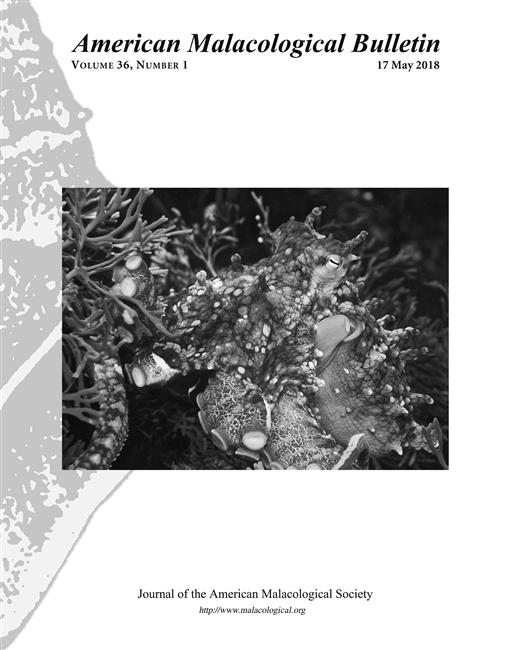In this study, trophic ecology of Octopus hubbsorum (Berry, 1953) was examined in relation to the species life cycle and dry and rainy seasons. A total of 184 individuals were obtained from the commercial artisanal catches at different localities along the coast of Oaxaca, Mexican tropical Pacific, from January 2011 to December 2012. Analysis of digestive tract contents revealed that O. hubbsorum preyed upon 43 different prey species belonging to five zoological groups (Crustacean, Mollusca, Teleostei, Echinodermata and Polychaeta), cannibalism was only occasional. The most important prey was the porcelain crabs genus Petrolisthes, contributing 52.1% and 37.8% to the total Index of Relative Importance, in females and males, respectively. Dietary comparison between different maturity stages revealed significant changes in the diet with maturation. The proportion of empty stomachs observed between the dry (18.75 %) and rainy (12.5 %) seasons did not differ significantly (χ2 = 0.55, P > 0.05). Our results suggest that females likely migrate to shallow areas to feed in preparation for mating, they may do this to increase energy intake prior to egg caring and incubation, a period when they do not feed. The high productivity waters along the coast of Oaxaca seem to be important to the survival of this species because they offer key food resources at a critical reproductive stage.
How to translate text using browser tools
1 May 2018
Diet of Octopus hubbsorum (Cephalopoda: Octopodidae) from the Coast of Oaxaca, México
María del Carmen Alejo-Plata,
Miguel Angel Ahumada-Sempoal,
Sairi Sarai León Guzmán,
Jorge Eduardo Herrera-Galindo,
María del Socorro García-Madrigal
ACCESS THE FULL ARTICLE

American Malacological Bulletin
Vol. 36 • No. 1
May 2018
Vol. 36 • No. 1
May 2018




